The Myerscough College Ag Net Zero Challenge – Hargreaves
Land management is amongst the largest contributors to climate change and there is an urgency for agriculture to transform from being a net emitter of carbon (CO2e) to a net sequester of carbon (CO2).
Carbon Farm Audit #9
Courtesy of Alastair Hargreaves
The Myerscough College Ag Net Zero Challenge is part of The Lancashire Colleges’ Strategic Development Fund Pilot, supporting colleges and local employers to work together to create a skilled workforce for a future low-zero carbon economy.
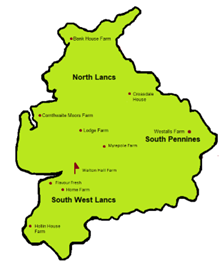
Farm Profile
Alastair Hargreaves from Walton Hall Farm, in Preston Lancashire, volunteered to participate in the Myerscough College Ag Net-Zero Challenge. They undertook a whole farm carbon audit to identify areas of improvement within their farm business to reduce carbon emissions.
Walton Hall Farm
Walton Green
Preston
tHE CARBON AUDIT
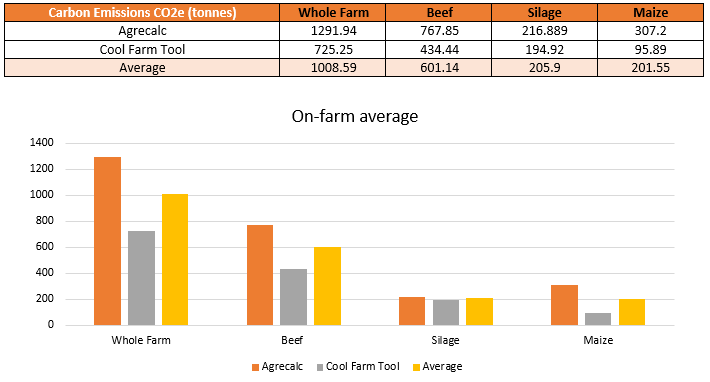
A carbon audit is an assessment of the emissions of carbon dioxide equivalents (CO2e) produced by each enterprise within a business and, where possible, looks at the sources of sequestration within the business. The carbon audit at Walton Hall Farm was carried out by Carbon Metrics – a company that specialises in analysing and interpreting existing data and generating a targeted management plan to show how net-zero strategies can be achieved. The farm audit is calculated by using a carbon toolkit. There are currently over 70 toolkits available with no standard industry requirements for data. Therefore, in this case study, we used the average of two carbon audit calculators, Agrecalc and Cool Farm Tool, to produce the results.
Strengths
Beef cattle’s strong growth performance, leading to good emissions per kg of product. The current beef herd realises a footprint of just 13.5kg of CO2e per kg of live-weight beef produced. This ranks favourably alongside industry competitors in the Northwest. Low emissions can be attributed to the quality of feed provided to animals and high animal welfare standards kept across the farm.
Minimal usage of fertilisers. The farm benefits from using minimal mineral fertilisers across its arable enterprises. The effective usage of broiler litter across its silage and maize enterprise has reduced the farm’s dependency on mineral fertilisers. Furthermore, it has enabled the farm to realise greater profitability with the recent surges in the price of mineral fertilisers.
Renewable Energy. The farm is already developing its own electricity (17,000kWh) from PVC solar panels on the roof of farm buildings. To improve the farm’s efficiencies, it should consider using this electricity to power on-farm operations enabling the farm to significantly reduce its demand from the national grid and realise greater profitability.
Areas for Consideration
Increase in the beef herd size. One area of growth for the farm could be growing its beef enterprise. Changes in the breed purchased, and age of purchase will help reduce the amount of CO2e emitted per kilogram of product sold. Furthermore, the farm could lower the slaughter age of the beef stock to increase efficiencies in animal growth rates.
Monitor Fuel Use. Monitor fuel use by the farm’s activity and identify areas for savings. Looking at changing the farm’s operations management practices within the crop growing enterprises. By addressing these practices, the farm will realise greater efficiency in machine usage across the silage and maize enterprises.
Yield Maps. Using crop mapping agronomy tools such as Omnia, yield maps will help the farm understand its crop production and identify areas of fields that are suffering from poor performance. This will enable the farm to rectify any mistakes and deliver.
Carbon Opportunities
Manure management. Testing the broiler litter that is applied across the maize and silage crops grown on the farm will allow the farm to develop a fertiliser plan and understand the current inputs into the farm’s soil. This will enable farms to apply fertiliser and manure more efficiently in the face of rising costs and maximise the output from the farm’s fields.
Soil Testing. Due to the farm’s proximity to the river Ribble, it is likely the soil experiences larger fluxes in nutrient concentrations. Therefore, implementing regular soil testing practices will enable the farm to get a baseline of soil health and understand soil carbon levels. This will allow informed decisions on methods such as minimum-till cultivation and regenerative grazing practices. This will result in improved soil structures and reducing compaction will help reduce emissions from the soil and reduce the amount of mineral fertilizer needed.
Benefits for the Business
Improved return on investment. By following the areas of consideration and the mitigation measures, the farm can expect to see a better return on crop costs and fuel usage. It will also see the amount of CO2e emitted fall further, helping to achieve Net-Zero. The farm could look to invest in renewables, but this would only support a small proportion of the way to reach Net Zero, and further work on fuel and fertiliser needs to be carried out to significantly reduce the farm’s carbon output.
Leading the way with Carbon Emissions. The farm has a very real possibility of leading the way in showing how agriculture can help lead the way as part of the path to Net-Zero. As opportunities around carbon credits and soil sequestration could become monetized, the farm is in an enviable position to be at the forefront of these concepts and pilots, which should add value to the business and help open new income areas industry transitions away from direct payments.
Effective Management option implemented on the farm
The farm’s performance benefits from effective management options implemented across it. The farm makes the most of its 84.4 ha of land to maximise production, through clever use of organic manures, while effective crop rotations maximise yields of maize and silage.
The farm has specialised into finishing beef heifers to maximise growth rates while keeping inputs into the herd low, which enables the farm to benefit from a low footprint per head of cattle while also retaining shorter finishing times on farm.
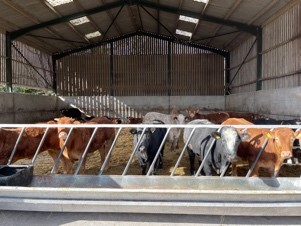
Approach to nutrient management
Unlike other farms in the area, the farm imports organic manure from broiler units to supplement the organic manure already produce by the beef enterprise. This enables the farm to benefit from a reduced dependency on mineral fertilisers across its silage and maize enterprises.
In light of the recent rises in fertiliser prices, Alastair Hargreaves is likely to be in a stronger than position with regards to land productivity compared to other farmers who will inevitably reduce fertiliser usage compared to previous years. In future other farms should look to diversify their sources of organic manures to increase business resilience, but indirectly this will also reduce their carbon footprint through lack of mineral fertilisers.
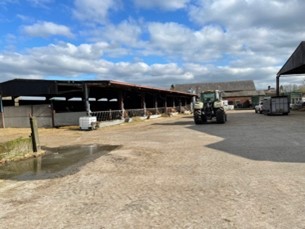
Subscribe!
Please enter your email below to keep up-to-date with the AG Net-Zero Challenge
